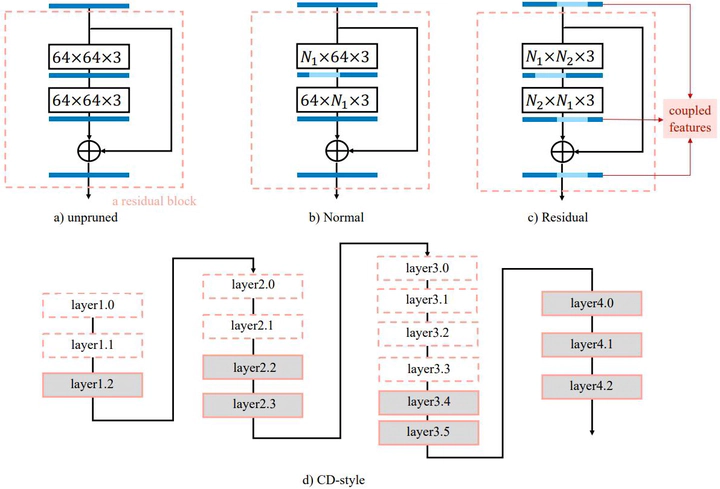
Abstract
Few-sample compression aims to compress a big redundant model into a small compact one with only few samples. If we fine-tune models with these limited few samples directly, models will be vulnerable to overfit and learn almost nothing. Hence, previous methods optimize the compressed model layer-by-layer and try to make every layer have the same outputs as the corresponding layer in the teacher model, which is cumbersome. In this paper, we propose a new framework named Mimicking then Replacing (MiR) for few-sample compression, which firstly urges the pruned model to output the same features as the teacher’s in the penultimate layer, and then replaces teacher’s layers before penultimate with a well-tuned compact one. Unlike previous layer-wise reconstruction methods, our MiR optimizes the entire network holistically, which is not only simple and effective, but also unsupervised and general. MiR outperforms previous methods with large margins.